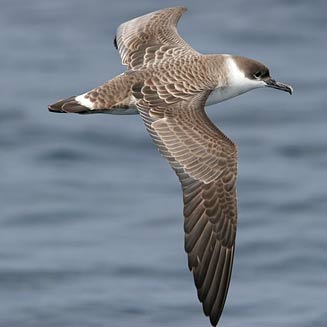Fisheries New Zealand and the New Zealand Department of Conservation have released an updated national plan of action to reduce the number of seabirds caught in fisheries (NPOA) for public comment following input from an advisory group of stakeholders. The draft National Plan of Action Seabirds 2020 -Reducing the Incidental Catch of Seabirds in Fisheries outlines the commitment to reducing fishing-related captures of seabirds, with stated goals and objectives.
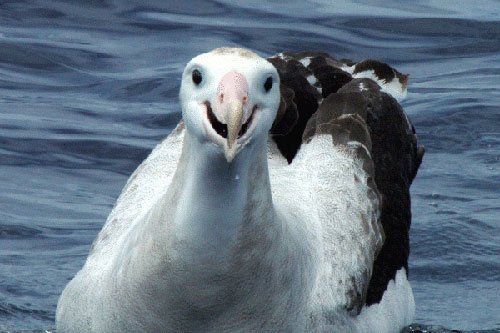 Antipodean Albatross, photograph by Mike Double
Antipodean Albatross, photograph by Mike Double
The plan's Executive Summary follows:
"New Zealand is a centre of seabird biodiversity: of an estimated 346 seabird species, there are approximately 145 taxa that use New Zealand waters, and 95 species that breed in New Zealand. Many of these species’ activities overlap with fishing, which can lead to the bycatch of seabirds. The National Plan of Action‑Seabirds 2020: reducing the incidental mortality of seabirds in fisheries (NPOA-Seabir s 2020), outlines the New Zealand Government’s ongoing commitment to reducing bycatch of seabirds in our fisheries.
The NPOA-Seabirds 2020, like its predecessors, stems from a recommendation made in the UN (United Nations) Food and Agriculture Organisation’s International plan of action for reducing incidental catch of seabirds in longline fisheries (IPOA-Seabirds) in 1999.
The NPOA-Seabirds 2020 is New Zealand’s third iteration of a national plan of action. New Zealand has embarked on a programme of transformational change in our fisheries management to ensure that our fisheries are world-leading in their sustainability and environmental performance. At the end of this period, we expect to have significantly increased monitoring and more responsible, low-impact fishing practices.
In recognition of this path to change, this NPOA-Seabirds 2020 focusses [sic] on education, partnering to find innovative solutions to bycatch mitigation, and ensuring that all fishers know how and are taking all practicable steps to avoiding seabird bycatch.
In five years, monitoring capabilities will have expanded and we will have better information on seabird populations and how to avoid captures. This will allow for more direct management, including consideration of mortality limits or other approaches as appropriate. We also expect that we will have a better understanding of seabird populations and behaviours, which will help us to identify other ways that we can ensure the long-term viability of our seabird species.
This NPOA-Seabirds 2020 establishes the framework that the Department of Conservation (DOC) and Fisheries New Zealand will use to work together on seabird initiatives.
The NPOA-Seabirds 2020’s vision is that New Zealand strives for no fishing-related seabird captures.
Guided by this vision, the NPOA-Seabirds 2020 has four goals:
1. Avoiding bycatch — effective bycatch-mitigation practices are implemented in New Zealand fisheries
2. Healthy seabird populations — direct effects of New Zealand fishing don’t threaten seabird populations
3. Research and information — information to effectively manage fisheries impacts on seabirds is continuously improved
4. International engagement — New Zealand actively engages internationally to promote the use of measures that reduce impacts on New Zealand seabirds
Each goal has objectives to be achieved within the next five years. We will report on our progress towards these objectives in a Seabird Annual Report, and will use the information it contains to set the following year’s priorities in a Seabird Implementation Plan. After five years, we will review the achievements and challenges of the NPOA-Seabirds 2020.
The Seabird Advisory Group (made up of representatives from government agencies and representatives of tangata whenua) will meet periodically to monitor and help implement the NPOA-Seabirds 2020, and to consider new or arising matters related to the impacts on seabirds from fisheries."
Click here to access the draft plan along with several supporting documents (including the 2013 NPOA) and to obtain details on how to make submissions, with a deadline of 27 January 2020. Read the government's media release on the draft NPOA here, as well as an NGO view.
New Zealand, along with Australia and Chile, has proposed the Appendix I listing of the globally Endangered Antipodean Albatross Diomedea antipodensis on the Convention on Migratory Species of Wild Animals (CMS) (click here).
John Cooper, ACAP Information Officer, 24 November 2019

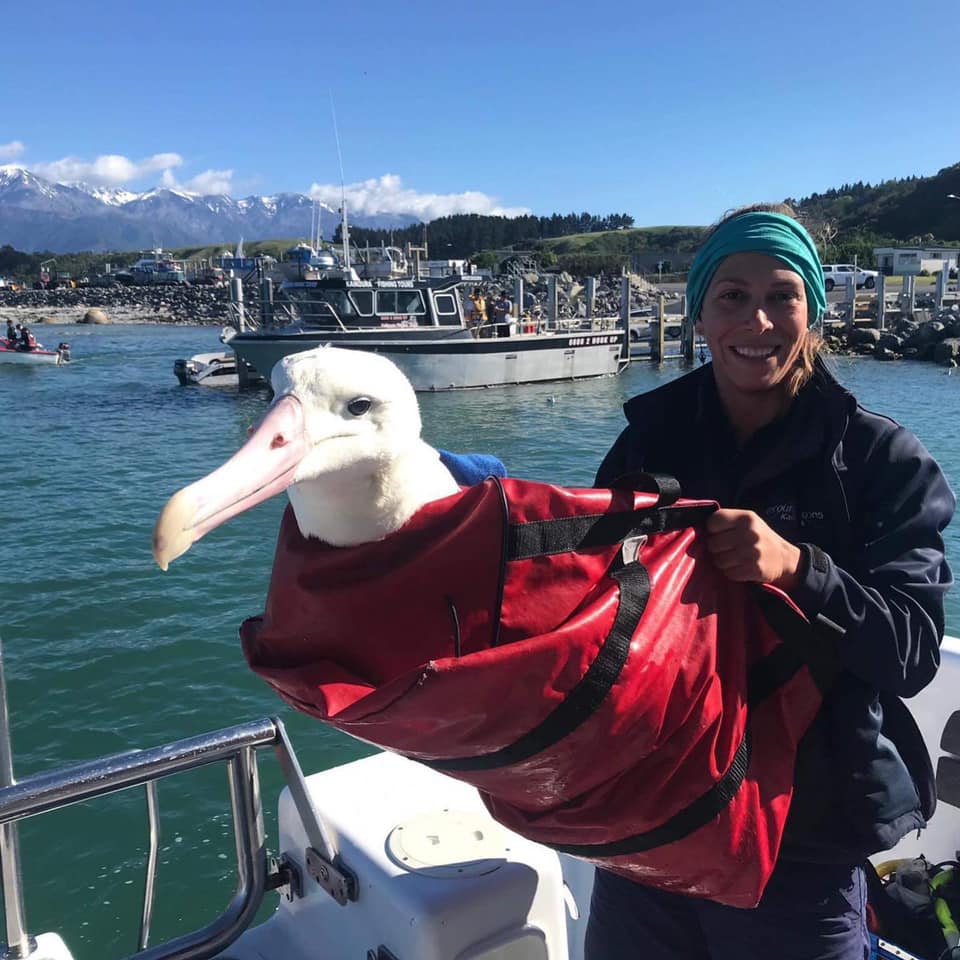
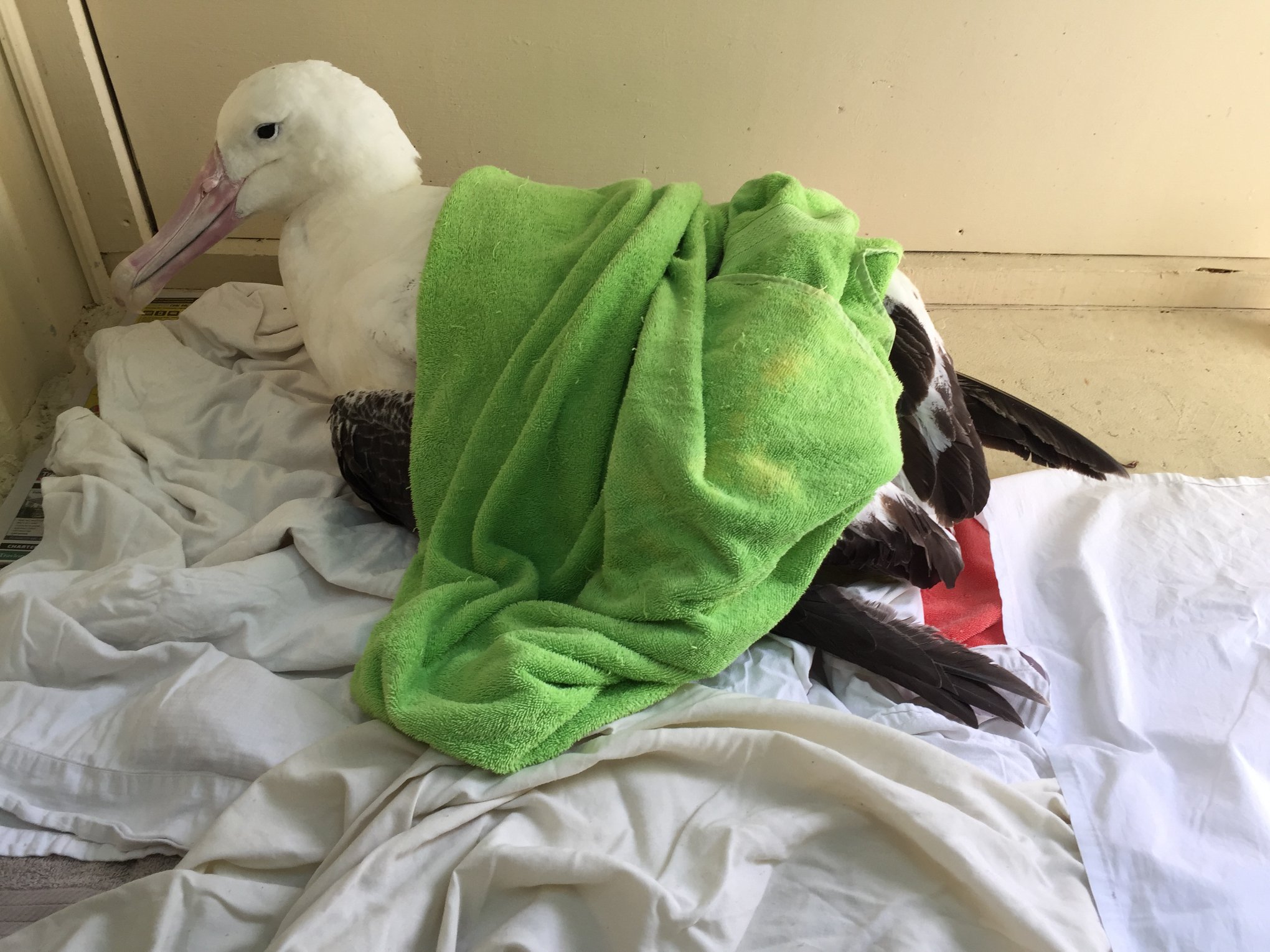

 English
English  Français
Français  Español
Español 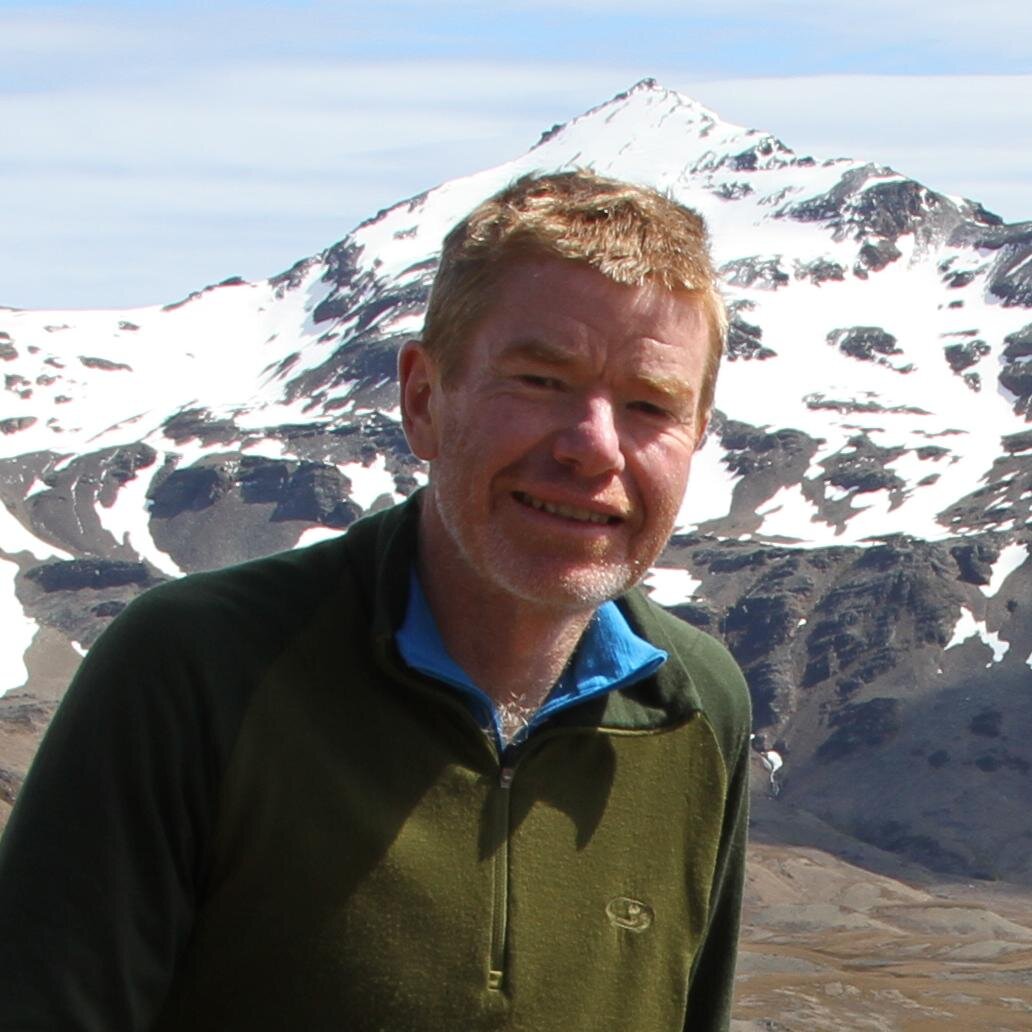
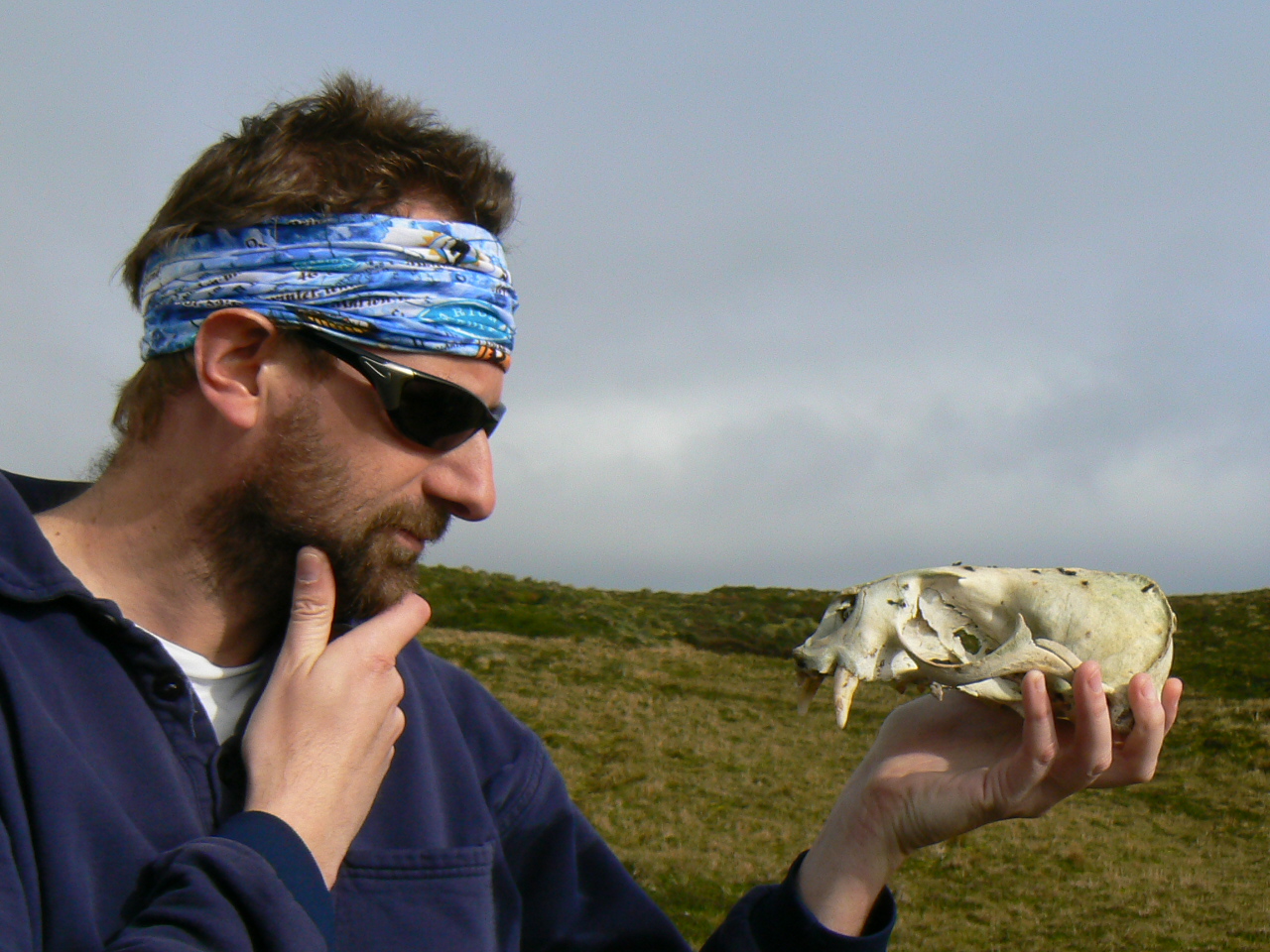

 Antipodean Albatross, photograph by Mike Double
Antipodean Albatross, photograph by Mike Double